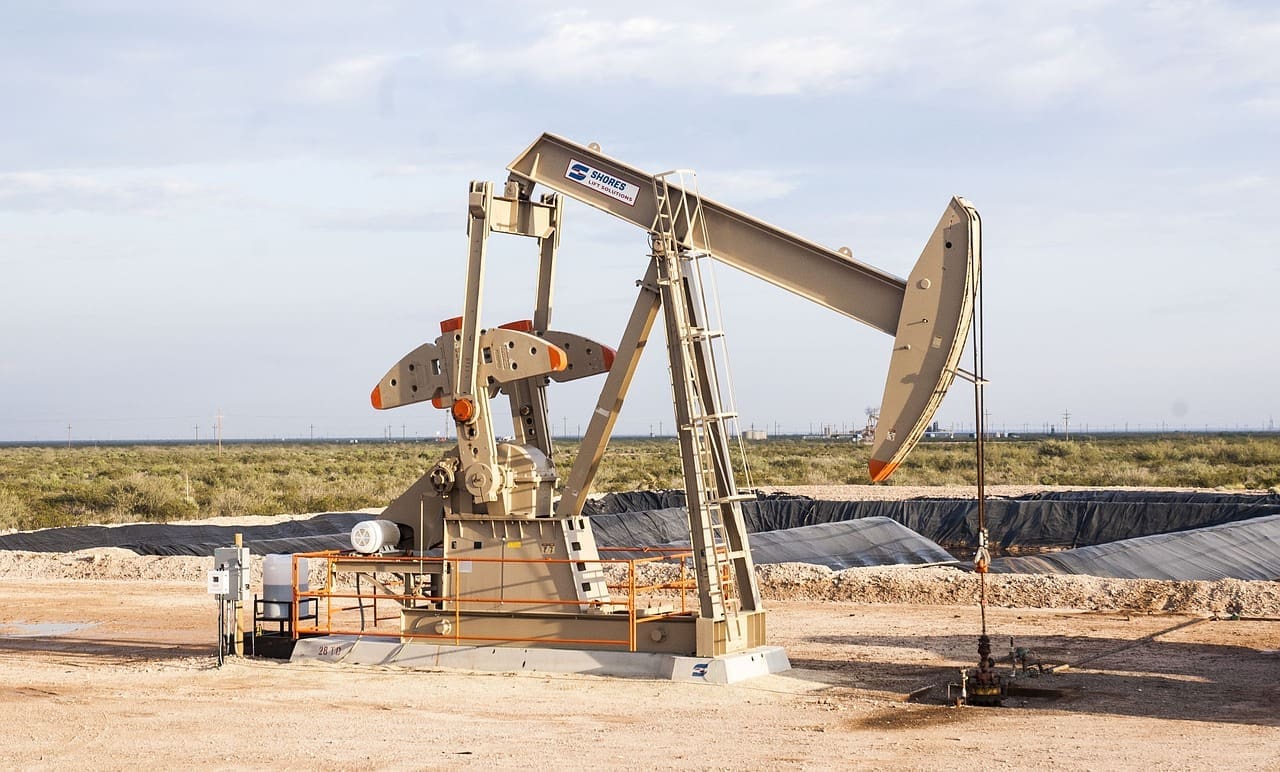Fifty years ago, America’s economy and national security was thrown into chaos following the oil embargo. As a major importer of oil, the United States suffered from higher oil prices, shortages of petroleum products form coast-to-coast, gasoline lines, and inflation.
Much has changed since 1974. Today, the U.S. is a net exporter of oil and other energy sources, according to a report from the Energy Information Administration at the U.S. Department of Energy.
“In 1974, the United States consumed more energy than it produced domestically and was a net importer of energy from other countries,” EIA stated in its recent Monthly Energy Report. “Today, the United States produces more energy than it consumes domestically and is a net exporter of energy to other countries.”
EIA said U.S. energy production increased 68% from 1974 to January-June 2024 (the most recent data available).
“Increased crude oil and natural gas production, brought about by improvements in drilling techniques such as hydraulic fracturing and horizontal drilling beginning in the 2000s, drove much of the growth in total energy production,” EIA said.
“The increase in energy production over the last two decades has turned the United States into the world’s largest crude oil and natural gas producer today and from a net energy importer to a net energy exporter starting in 2019,” EIA said. “U.S. net energy imports in the first seven months of 1974 were about 6.8 quadrillion British thermal units (quads). The United States exported a net total of about 5.0 quads during the same period in 2024. The main driver of this shift has been growing exports of crude oil and petroleum products and liquidized natural gas (LNG) over the last 15 years.”
EIA also noted U.S. energy consumption has increased steadily since 1974. Energy consumption so far in 2024 is 24 quads compared to 13.2 quads in 1974, which is a 32% increase.
However, total consumption growth is less than total production growth.
“Consumption growth is due to several factors including population growth and increased economic activity. However, primary energy consumption has generally decreased on both a per capita basis and in terms of energy consumed per dollar of GDP since the 1970s. Increased energy efficiency has contributed to these decreases,” EIA stated.
Alex Mills is the former President of the Texas Alliance of Energy Producers.






